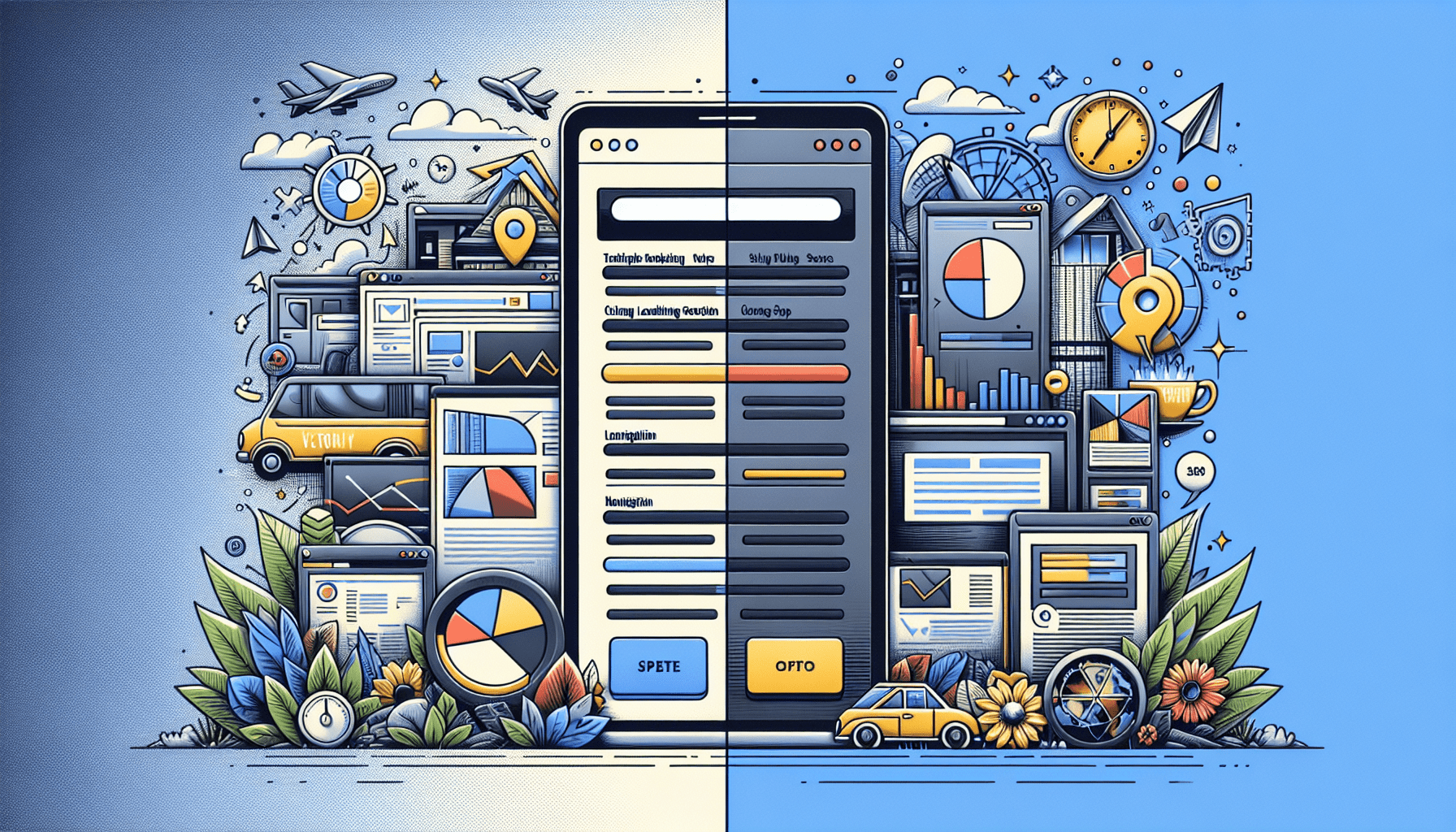The Dangers Of Using Insecure Third-party Scripts On Your Website
Have you ever thought about the security risks associated with using third-party scripts on your website? In this article, we will explore the dangers of using insecure third-party scripts and how they can compromise the security of your website. Read on to learn more about the potential risks and what you can do to protect your site.
Understanding Third-party Scripts
When you incorporate third-party scripts into your website, you are essentially allowing external code to run on your site. These scripts are often used for various purposes such as analytics, advertisements, social media integration, and more. While they can enhance the functionality of your website, they can also pose security risks if not properly vetted.
What Are Third-party Scripts Used For?
Third-party scripts serve a wide range of purposes, including tracking user behavior, displaying ads, enabling social media sharing, and providing interactive elements such as chatbots. These scripts can help enhance the user experience and add functionality to your website that you may not have the resources to develop in-house.
Risks of Using Insecure Third-party Scripts
Using insecure third-party scripts on your website can expose you to a range of risks, including data breaches, malware infections, and unauthorized access to sensitive information. It is crucial to understand these risks so that you can take steps to mitigate them and protect your website and its visitors.
Data Breaches
One of the most significant risks of using insecure third-party scripts is the potential for data breaches. If a third-party script is compromised, it can be used to steal sensitive user information, such as login credentials, personal details, and payment information. This can not only damage your reputation but also result in legal repercussions.
Malware Infections
Insecure third-party scripts can also serve as a gateway for malware infections on your website. Cybercriminals can exploit vulnerabilities in these scripts to inject malicious code into your site, which can lead to malware infections on your visitors’ devices. This can damage the trust of your users and negatively impact your website’s ranking on search engines.
Unauthorized Access
Another risk of using insecure third-party scripts is the potential for unauthorized access to your website and server. If a malicious actor gains access to a vulnerable script, they can exploit it to gain control over your website, steal sensitive data, or launch attacks on other websites. This can have severe consequences for your online presence and lead to costly remediation efforts.
How to Protect Your Website
Now that you understand the risks of using insecure third-party scripts, let’s discuss some strategies to protect your website from these threats. By implementing these measures, you can enhance the security of your website and safeguard your visitors’ data.
Vet Your Third-party Scripts
Before integrating any third-party scripts into your website, it is essential to thoroughly vet them for security vulnerabilities. Make sure to review the script’s source code, check for any known security issues, and verify the reputation of the provider. Only use scripts from trusted sources to minimize the risk of security breaches.
Update Your Scripts Regularly
Keeping your third-party scripts updated is crucial for maintaining the security of your website. Developers frequently release patches and updates to address security vulnerabilities and improve performance. Make sure to stay informed about the latest releases of your scripts and promptly install any updates to mitigate potential risks.
Implement Content Security Policy (CSP)
A Content Security Policy (CSP) is a powerful tool that can help protect your website from malicious scripts and unauthorized access. By configuring a CSP, you can control which external sources are allowed to execute scripts on your site, thereby reducing the risk of cross-site scripting (XSS) attacks and data breaches. Make sure to set up a robust CSP tailored to your website’s needs to enhance security.
Conclusion
In conclusion, the dangers of using insecure third-party scripts on your website are real and should not be taken lightly. By understanding the risks associated with these scripts and implementing security best practices, you can protect your website from potential threats and ensure a safe browsing experience for your visitors. Remember to vet your scripts, keep them updated, and implement a robust CSP to enhance the security of your website. Stay vigilant and proactive in safeguarding your site against cyber threats.








